Perspectrum – Insights on Autism and Neurodiversity in the Workplace

Author : Carla Clark, CPHR and Volunteer with the Wood Buffalo Chapter
Autism. Autistic Person. What do these phrases mean to you? Better yet, what do these phrases mean to your companies and business leaders?
I reached out to some neurotypical network connections with limited exposure to autism at work, and asked what their reactions would be if they were given the opportunity to hire a qualified autistic person for an open role, responses included “apprehensive,” “unknowns,” “challenges,” and “sounds like a lot of work”.
Interesting choices of words. As a non-autistic employer of HR professionals, I instantly thought of my own experiences of adding any new member to the work team. What thoughts have I had surrounding bringing a new person into my pre-established team? Apprehension. Challenges. Unknowns. A lot of work. It can take 8-12 months for a new hire to mesh into the new workplace, learn the role and culture, and start to really gel with the existing team.
If bringing a new hire on to the team is already a challenge filled with unknowns, then where does this sudden hesitation come in when you put autism into the mix?
Perspective, or as I called it in this article title, perspectrum. If employers and HR professionals do not have positive lived experiences working with, living with, or interacting daily with Autistic Spectrum Disorder (ASD) individuals, then the normal challenges and apprehensions with new hires will only be magnified and multiplied by fear. “How will accommodating impact me or my workplace?” “What does accommodation look like?,” or “What will this require of me”?.
Autism
The Autistic Self Advocacy Network (ASAN) put together a description of Autism, written about and for autistic people: “Autism is a developmental disability that affects how we experience the world around us… Autism has always existed. Autistic people are born autistic, and we will be autistic our whole lives. Autism can be diagnosed by a doctor, but you can be autistic even if you don’t have a formal diagnosis.” [1]
ASAN explains that Autism can affect how people think, communicate, move within, perceive, sense, and overall interact with the world. “There is no one way to be autistic. All of us experience autism differently, but we all contribute to the world in meaningful ways. We all deserve understanding and acceptance… It can take a lot of energy to live in a society built for non-autistic people.” [2]
Lack of Education or Awareness among Employers
I chatted with Margaux Wosk (they/them), Autistic Canadian artist and entrepreneur, Owner, and Operator of Retrophiliac, an online shop and wholesale business that specializes in autistic, neurodiversity, and queer affirming merchandise. Wosk shared about their experiences working for employers that were extremely supportive, and employers who were ignorant, and unsupportive. Wosk shared that they disclosed to a new employer pre-hire that they were autistic and provided a few resources on autism and specifically the accommodations they needed. Wosk mentioned fluorescent lighting, and sensory issues were two of the main accommodations. They had applied for an area in the business that was suitable for their skills and accommodation needs but was transferred to another area that did not use their skills, and furthermore had them working in and around freezers with fluorescent lighting and rapid temperature changes, a disaster for sensory challenged individuals. Outside of these major accommodation issues, it seemed that their employer did not take many steps to help Wosk with the social integration in the business, ”I really felt like no one wanted me there… I was, what felt like, intentionally treated worse than everyone else.”
Fen Bailey [3] (they/she), Alberta-Based Public Sector Employee, talked to me about some of their experiences with working for an employer who did not understand their neurodiversity. “There is an element of frustration, for sure, that stems from needs going unheard and unmet while you channel all the energy you have into trying your best to meet their expectations. Those expectations are often indifferent to the autistic experience… and more frequently… are detrimental to an autistic person.” Bailey shared that they are a person who needs control over the stimuli in their environment. Outside of fluorescent lighting, loud sudden noises and repetitive noises can be deeply upsetting for her, even a nearby colleague with sinus issues could cause a full sensory-related meltdown. Accommodation for Bailey means an environment where they can wear a noise-cancelling headset on a regular basis and replacing fluorescent lights with softer lights or even just a lamp.
Aryn Green [4] (they/them) a BC-based employee in the agricultural field, recently went back to work after taking time off to raise kids. Green, recently diagnosed with ASD, was apprehensive to rejoin the workforce after years of work for large companies in the mining and engineering fields. “My career exhausted me, and I had no identity when I left… had I known what I know now, I could have found resources or solutions, and maybe coworkers wouldn’t have been so quick to judge.” Green’s workstyle is to identify problems and address them, but their approach and their mindset was not often understood, particularly by their leadership in past roles. “It really bothered me that my manager [at the time] was not knowledgeable of the lab procedures… I’m sure it was written in my report that I was defiant or resistant to authority,” Green wants HR professionals to be aware that there are so many autistic people undiagnosed, and that “social emotional ‘problems’ might not be [simply] a case of someone being difficult to work with.”
Employers Who Truly Accommodate
Prior to the awful experience described above, Margaux Wosk had worked as a supervisor in a retail business for an extremely accommodating employer, “having an employer who cared really meant the world to me. They knew that I was a neurodivergent, and they did everything they could to accommodate me and make me comfortable… I felt accepted and wanted in [that] environment, and … they really cared about the things I could do versus what I wasn’t able to do. [It] made a huge difference. When asked about some of those things they could do, Wosk mentioned their ability to retain a high volume of knowledge, affinity for problem solving, strong attention to detail, and customer focus. Wosk started their first business at age 14 selling vintage products on eBay and following their experiences in the ”employed” world, returned to retail in selling affirming merchandise to help others with finding and expressing their voices.
When asked what it was like to work for an employer who can truly accommodate her needs, Fen Bailey said “I’ll say this first: I have never worked for an employer that could fully meet every single need, and honestly, that’s ok. My current employer, however, has gone above and beyond what I had hoped for an expected… sick bank time… supplying me with as quiet a place to work as possible… sourcing a noise-cancelling headset for office use, to eventually transferring me out of the department I started in to another one to try and better meet my needs… there is an understanding that I may need to step away to regulate myself both emotionally and physically, with systems in place to ensure I am still working my full hours. … Both my team leader and manager … have been and continue to be incredibly understanding and willing to learn about how autism affects my day-to-day function both in and outside of the workplace… they’ve helped me put a contract in place … that lays out our responsibilities to each other, and while it hasn’t been perfect, I can say with confidence that they’ve truly done their best to accommodate me”.
Aryn Green had a challenging time in job interviews, constantly telling themselves to “look at [the interviewers’] faces from time to time… and not [engage in] info dumping about plants.” Green was really hemming and hawing about whether to disclose their autism at the interview stage. “The real barrier starts before you are even hired… [I heard] too many horror stories about friends disclosing [they are autistic] in interviews… because it makes employers/interviewers awkward on how to respond to it, or they have their own stereotypes about what autism is.” In the end Green decided not to disclose to their prospective employer, however, knew that regardless of any disclosure, it was apparent they were dealing with an inclusive leader. “The Owner… is lovely and embraces all people that she feels are a good fit.”
The Journey to ASD Inclusivity
Green cautions employers and HR professionals that someone who works excessively might not be “too ambitious” or passionate, and that someone who works slowly might not be “too cautious.” When it comes to inclusion for neurodiversity in the workplace, awareness is critical. Green suggests that “including a question like ‘do you have any sensory challenges that might need accommodations?’ could open up the door for more narrative surrounding actual acceptance and accessibility… [and] tells the interviewee that perhaps the potential employer is listening.”
“For autistic folks in customer-facing roles who want to make it work” counsels Bailey, “be kind to yourself, rest, and take care of yourself. Navigating emotional situations with clients will be exhausting, especially if you have to try and defuse the situation.”
Wosk left these final words on the journey to inclusivity: “I absolutely believe that with the right support system, and the right understanding, that autistic people can be an incredible asset to an employer… but [employers] have to understand the nuances that come with that… [employers need to] start doing some research about the situation or attend online seminars, but it will really help to expand their idea of what neurodiversity looks like in the workplace”.
Writing this article as a non-autistic person was a very educational and thoughtful experience. Margaux, Fen, and Aryn were incredibly supportive and helped me understand more about appropriate terminology. I do not purport to be a subject matter expert, or even consider myself as someone overly knowledgeable about autism, but I express humble gratitude for the learning experience, and how my learning might have the ability to spark a desire for learning in someone else.
[1] [2] https://autisticadvocacy.org/about-asan/about-autism/
[3] [4] Name changed for privacy and employment protection purposes.
The views and opinions expressed in this blog post belong solely to the original author(s) and do not necessarily represent the views and opinions of CPHR Alberta.
The views and opinions expressed in this blog post belong solely to the original author(s) and do not necessarily represent the views and opinions of CPHR Alberta.





